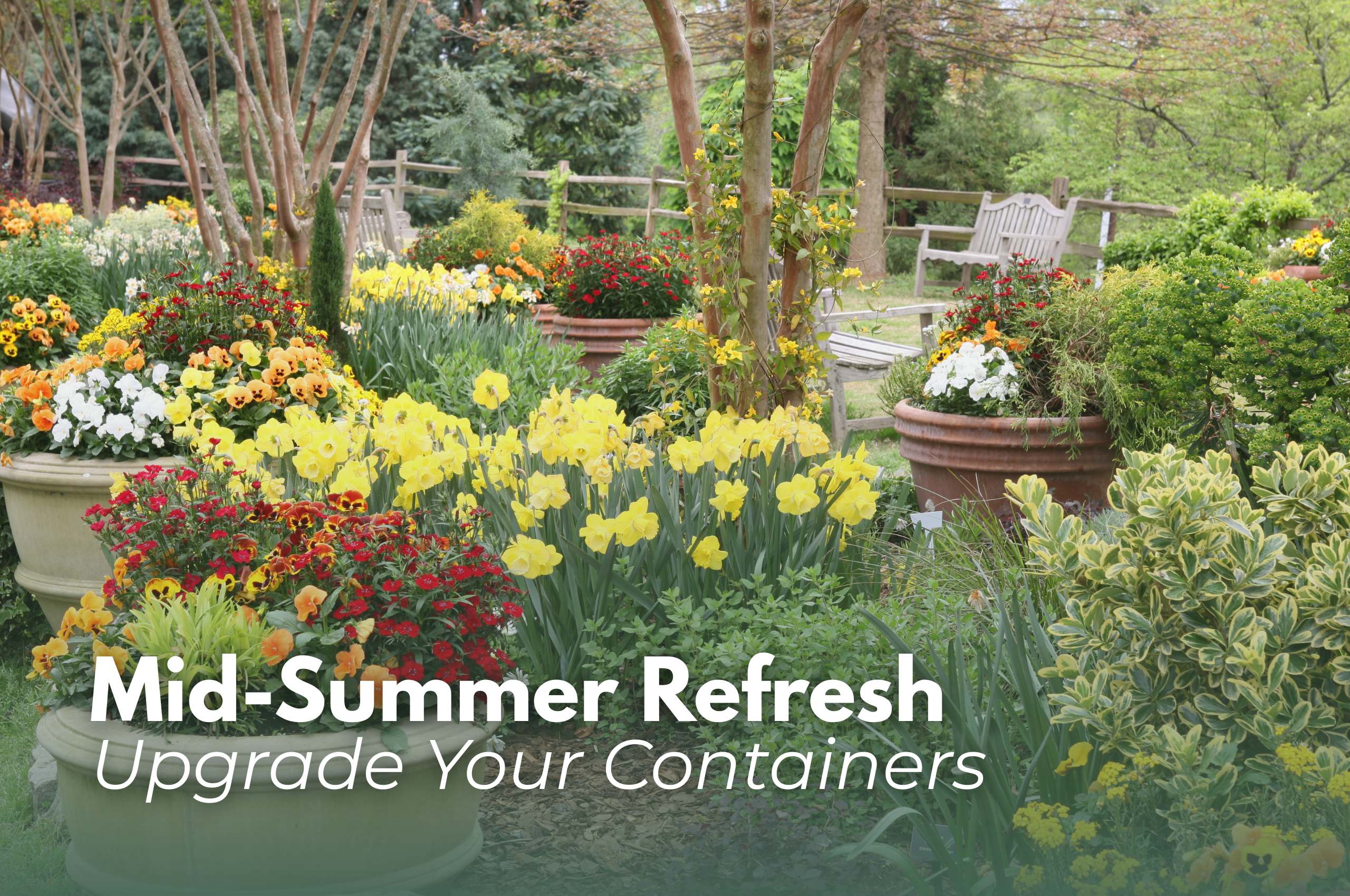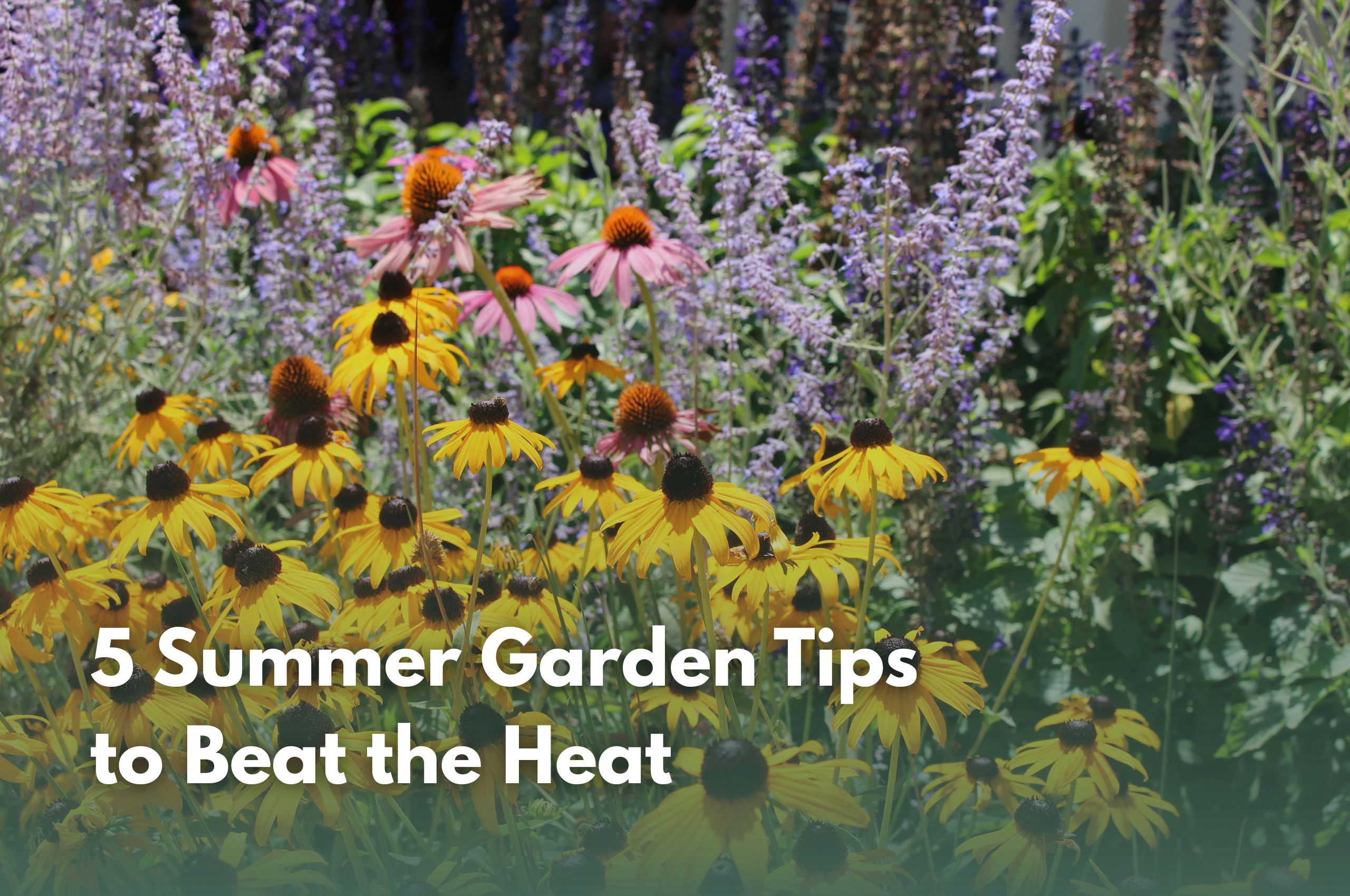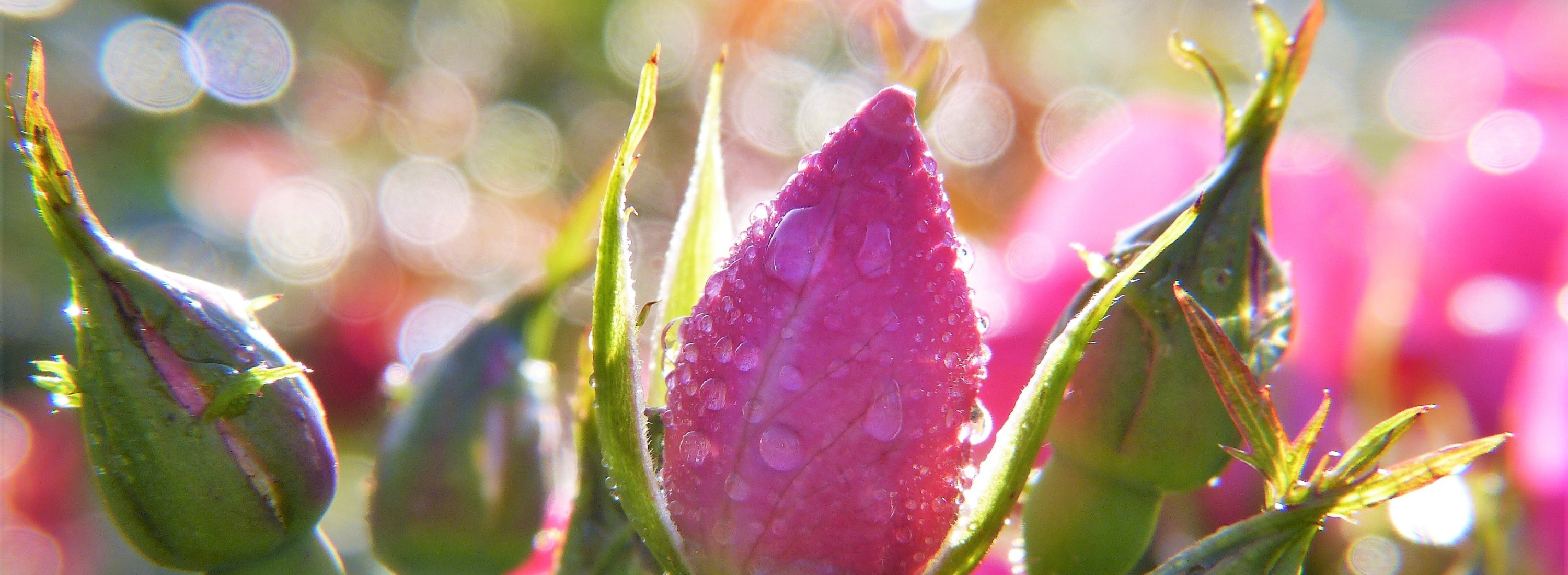How Often to Water Plants and How Much to Water
You love your garden, but are you loving it a little too much with that watering can? Or maybe you’re guilty of a little neglect? Whether you’re tending to thriving perennials in your Rochester garden or nursing houseplants on your kitchen windowsill, knowing when to water plants and how much they actually need can mean the difference between flourishing blooms and wilted disappointment.
At Studley’s Flower Gardens, we’ve spent nearly a century helping New Hampshire gardeners understand their plants’ needs. Let’s dig into everything you need to know about keeping your green friends happy and hydrated.
Why Proper Watering Matters
Here’s the truth: More plants die from overwatering than underwatering. It’s tempting to show love through that daily watering routine, but your plants might be drowning in good intentions.
Water is life for plants—it carries nutrients from the soil, keeps cells firm and upright, and powers photosynthesis. But too much water pushes out the oxygen that roots desperately need, leading to root rot and fungal diseases. Too little, and your plants can’t absorb nutrients or maintain their structure.
Factors That Affect Watering Frequency
“How often should I water my plants?” It’s a simple question. But first, let’s talk about what influences their thirst. Every garden is unique, and here in New Hampshire, we deal with our own special set of conditions.
Soil Type: Clay soils hold moisture longer but drain slowly, while sandy soils drain quickly and need more frequent watering. Most New Hampshire gardens have a mix, but knowing yours makes all the difference.
Temperature and Weather: Our hot July days mean plants need more water. Cool spring mornings? Less so. Pay attention to the forecast—if rain is coming, save yourself the work!
Humidity Levels: New Hampshire’s humidity varies throughout the year. More moisture in the air means less evaporation from soil and leaves.
Plant Type and Maturity: A newly planted hydrangea needs more attention than that established oak tree in your yard. Young plants have smaller root systems and need consistent moisture to get established.
Sun Exposure: Full-sun gardens dry out faster than shaded areas. That sunny south-facing spot near your mailbox? It’s going to need more water than plants shaded by your home.
Wind: Those breezy days we love? They’re pulling moisture out of your soil and plants faster than you think.
How Often Should I Water My Plants?
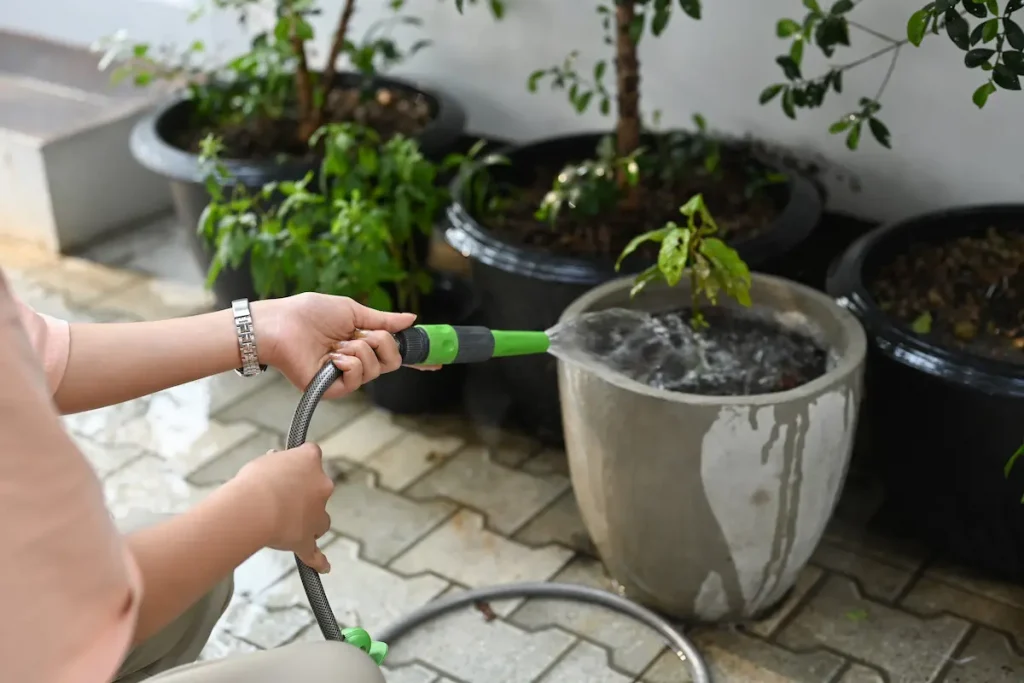
Here’s where it gets personal. There’s no one-size-fits-all answer to when you should water plants, but we can give you some solid guidelines to start with.
The Finger Test: Before reaching for the hose, stick your finger about two inches into the soil. If it feels dry at that depth, it’s time to water. If it’s still moist, your plants are doing just fine.
For most established gardens during our New Hampshire growing season, aim for 1 to 1.5 inches of water per week, including rainfall. During hot spells, you might need to double that.
In-Ground vs Container Plants
This distinction matters more than you might think!
In-Ground Plants: Once established (usually after the first year), most in-ground plants in New Hampshire need watering once or twice per week during the growing season. Their roots have room to spread out and search for moisture, making them more self-sufficient. Deep, infrequent watering encourages roots to grow deeper, creating stronger, more drought-resistant plants.
Container Plants: These need your attention more often—sometimes daily during peak summer! Containers dry out faster because they have limited soil volume and drainage holes. Check them every day with the finger test, and water thoroughly when the top inch or two feels dry. On those scorching July afternoons, don’t be surprised if your container gardens need water twice a day.
Seasonal Adjustments
New Hampshire’s four distinct seasons mean your watering routine should change throughout the year.
Spring: As plants wake up and new growth emerges, monitor soil moisture closely. Spring rains often do the heavy lifting, but watch for dry spells. Newly planted trees, shrubs, and perennials need consistent moisture to establish roots.
Summer: This is prime watering season! With longer days, higher temperatures, and active growth, plants are thirstiest now. Stick to your regular schedule but stay flexible—a week of 90-degree days calls for extra attention.
Fall: As temperatures cool and growth slows, you can ease up. But don’t stop completely! Plants still need water to prepare for winter, especially evergreens and newly planted specimens. Keep watering until the ground freezes.
Winter: Most dormant plants don’t need supplemental water, but evergreens can benefit from watering during warm spells if we’re experiencing a dry winter.
Houseplants vs Outdoor Plants
Your indoor green friends play by different rules than your outdoor gardens.
Houseplants typically need watering every 1-2 weeks, but it varies wildly by plant type. Succulents might go 3-4 weeks, while ferns could need water twice weekly. The finger test is your best friend here, too. Most houseplants prefer to dry out slightly between waterings.
Watch for signs: Drooping leaves often mean thirst, while yellowing leaves can signal overwatering.
How Much to Water a Plant
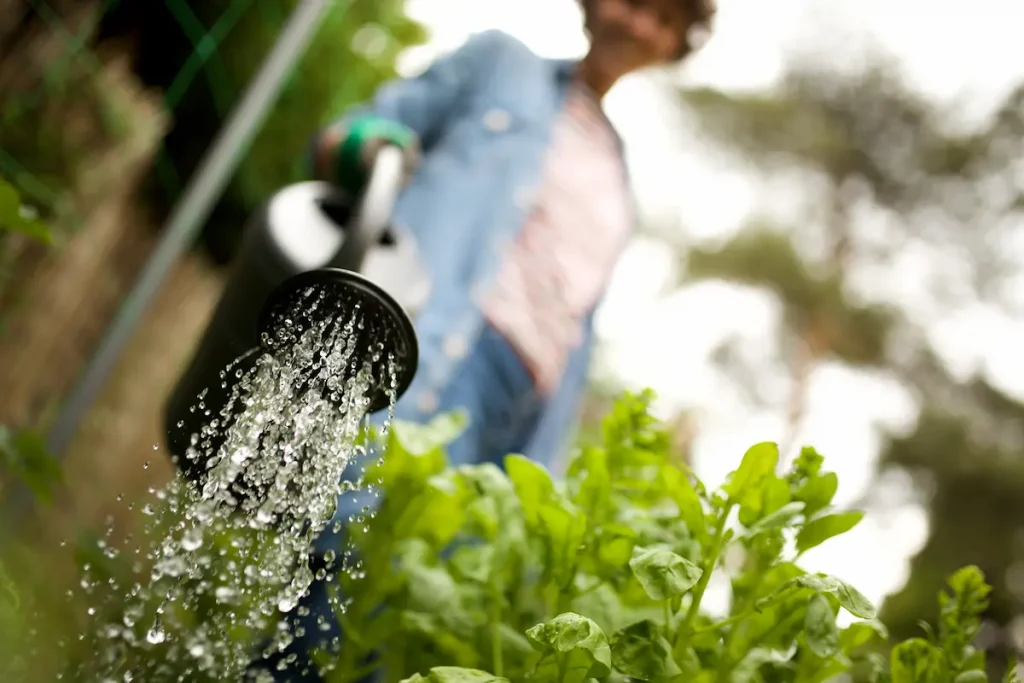
Knowing how much to water a plant is just as important as knowing when. The goal is to water deeply but infrequently, encouraging strong root growth.
For In-Ground Gardens: Apply enough water to moisten the soil 6-8 inches deep—that’s where most roots live. This typically means running a sprinkler for 30-45 minutes or using a soaker hose for an hour. Use a rain gauge or an empty tuna can to measure: you want about 1 inch of water.
For Container Plants: Water until you see it flowing from the drainage holes at the bottom. This ensures the entire root ball gets moistened, not just the top layer. Wait a few minutes, then water again—dry soil sometimes repels water on the first pass.
For Individual Plants: Deliver water slowly at the base, creating a basin around the plant if needed. How long to water plants depends on their size. Small perennials might need a gallon, while young trees benefit from 10-15 gallons per watering session.
The Deep Watering Principle: One deep watering beats three shallow sprinkles every time. Deep watering trains roots to grow down into the soil where moisture stays more consistent. Shallow watering creates shallow roots that struggle during dry spells.
Plant Watering Schedule & Best Time
Timing isn’t everything, but it sure helps your plants make the most of every drop.
The Best Time to Water House Plants and Outdoor Gardens: Early morning is ideal—typically between 6:00 and 10:00 AM. Here’s why:
- Cooler temperatures mean less evaporation
- Plants have all day to absorb what they need
- Foliage has time to dry, reducing disease risk
- You’ll use less water overall
Early Evening: This works too, especially if mornings don’t fit your schedule. Water between 4:00 and 6:00 PM, giving foliage time to dry before nightfall.
Avoid Midday: Watering in the heat of the day wastes water through evaporation and can stress plants with sudden temperature changes.
Sample Weekly Schedule: Here’s a flexible framework for New Hampshire gardens:
- Monday and Thursday mornings: Deep water in-ground beds and borders
- Daily: Quick check and water for container plants
- Wednesday: Houseplant check-in day
- Weekend: Adjust based on rainfall and temperature
Remember, this is a starting point. Your plants will tell you if they need more or less!
DIY Plant Watering Checklist for Beginners
Starting a garden can feel overwhelming, but you’ve got this! Keep this checklist handy:
Before You Water:
- Check soil moisture with the finger test (2 inches deep for gardens, 1 inch for pots)
- Look at your plants—do they appear wilted or stressed?
- Consider recent weather—did it rain? How hot has it been?
- Check your weekly rainfall total
While You’re Watering:
- Water at the base of plants, not the foliage
- Water slowly so soil absorbs it rather than running off
- Use a wand or watering can for precision with individual plants
- Set up sprinklers or soaker hoses for larger areas
- Watch container drainage—water should flow out the bottom
How Studley’s Flower Gardens Can Help
Since 1928, we’ve been helping Rochester neighbors and the wider New Hampshire community create gardens that flourish. Watering might seem straightforward, but every garden has its own personality, and we’re here to help you understand yours.
Plant Selection Matters: Not sure what will thrive in your conditions? We grow many of our plants right here locally, and we know what works in New Hampshire’s climate. From water-wise perennials to container-friendly annuals, we’ll help you choose plants matched to your watering capacity and lifestyle.
Expert Advice: Questions about your plant watering schedule? Wondering if that brown spot means too much or too little water? We’re always here to help troubleshoot. Your success makes us happy!
Professional Services: Prefer to leave it to the experts? Our landscape services include irrigation system installation, garden design with water efficiency in mind, and ongoing maintenance programs. We’ll create a beautiful outdoor space and keep it thriving.
Quality Tools and Supplies: From soaker hoses to moisture meters, rain barrels to premium mulches that help retain soil moisture, we stock everything you need to water smarter, not harder.Visit our Garden Center! Stop by our Rochester location to talk with our expert team.
- Tags: beginners gardening, garden tips
Blog
Get fresh home inspiration and helpful tips from our interior designers


